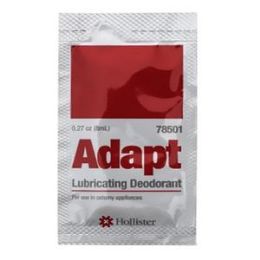
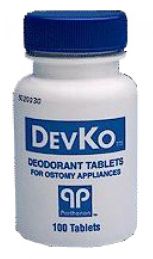
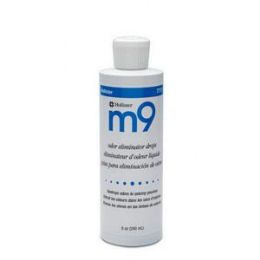

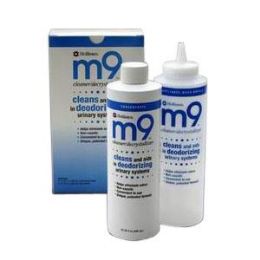
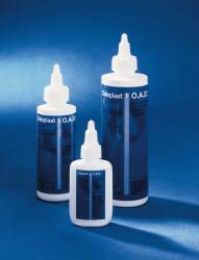
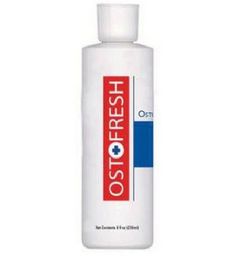
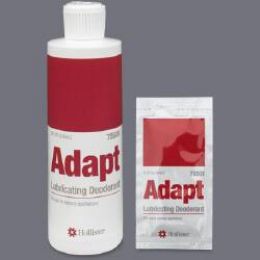
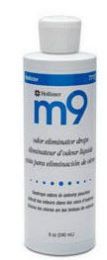


What is an Odor Eliminator?
An odor eliminator is a product that is designed to eliminate odors, and can be used for a variety of applications. There are two basic ways that an odor eliminator can work. The simplest way involves covering up an odor with a stronger smell. More advanced products are actually designed to neutralize odors. Products which cover up odors are sometimes known as air fresheners. They tend to be less expensive and there is a wide variety of versions available, from natural products made with essential oils to synthetic perfumes. But, the underlying odor can still be present and it may resurface, which is why some users prefer a neutralizer.
A neutralizer incorporates a compound or chemical to attack the volatile organic compounds which produce the odors. A wide range of things can produce smells. Therefore, many odor eliminators that neutralize are intended to be utilized for specific odors rather than being suitable for generic use, such as ostomy odor, pet urine, or cigarette smoke. Household products like baking soda can also be effective at neutralizing odors. This is why some individuals keep containers of it in the fridge, or on shelves in rooms which tend to get smelly.
When an odor eliminator neutralizes, it should remove the smell completely, leaving behind a neutral scent. However, it can be hard to remove really tough odors, and sometimes the neutralizer only reduces the overall smell. This is why some companies add mild perfumes to neutralizers so that in the process of neutralizing a smell, they also establish a new scent which will cover up the lingering remains of the old smell.
Ostomy odor eliminators are available in concentrated drops, liquid deodorant, sprays or tablets. Some can be placed in the ostomy pouch itself, and others are to be used for the odor in a room. Some are odorless while others have a scent to them. Since some people are sensitive to chemicals and perfumes, the odorless type may be a good option.
What is an Ostomy?
An ostomy is a hole in the body made by a surgeon through which excrement passes. There are times when it is necessary for a doctor to bypass or remove the bladder or colon. In these cases, the elimination of human waste is accomplished through an ostomy. Normally, the end of the hole, called a stoma, is brought to the wall of the abdomen. An ostomy is often created in situations where a person’s quality of life would be better off by having it done. For example, an ostomy can be used to help heal an injury to the colon, or heal a surgical wound. The colon is where waste products are stored before being eliminated. An injury to the colon could be contaminated by the stool. In these cases, a surgeon can create an ostomy above the area to allow the colon to heal, and this type is also often reversible.
Ostomies can be performed on different parts of the body, with the three most common types as ileostomy, colostomy, and urostomy. Ileostomies are performed on the last portion of the small intestine, colostomies are done on the colon, and urostomies allow urine to bypass the bladder. These procedures often need a stoma which is usually in the abdominal region to the left or right of the belly button.
Colostomy stomas are typically on the left side, but sometimes are placed on the right. When they are on the left side, a bag is needed to trap the waste. If the stoma is on the right, normally only a pad is required. Sometimes, certain health issues necessitate creating two stomas, as one eliminates the waste while the other eliminates mucus.
An ileostomy is a hole leading from the last portion of the small intestine to the stoma, and it is normally located on the right side. A urostomy is often used to bypass the bladder, and in this type, a part of the small or large intestine is removed and used to make the stoma. The urethra is then attached to the stoma, allowing urine to bypass the bladder and flow out of the body.
How do I Care for an Ostomy Site?
Following the directions of a doctor will ensure the ostomy site will be cared for properly. Caring for the site mainly depends on cleaning it, and replacing the colostomy bag on a regular basis. Not doing this can lead to gastrointestinal (GI) distress, or an infection. The main goal of self-care is making sure the ostomy site does not become irritated. An irritated ostomy can make relieving waste matter uncomfortable.
The best way to help prevent irritation is to clean the area when changing the colostomy bag. After removing the bag, it is necessary to properly clean the stoma, ostomy site, and surrounding skin. If using soap, thoroughly rinse the skin so no soap residue is left on the area. While the stoma and ostomy are exposed, inspect the site for any signs of discoloration, inflammation or bleeding. All of these signs result from improper care.
Another part of ostomy care is correctly using and changing the colostomy bag. There are two main types of colostomy bags; closed and drainable. No matter which one is used, both need to be replaced at regular intervals. Since the pouch is held onto the abdomen with an adhesive, it is necessary to remove it slowly. This is crucial to help prevent skin irritation and accidental release of the fecal matter.
After successfully cleaning the ostomy area, make sure the new bag is in its correct position and firmly in place. If the cleaning directions are not followed properly, complications besides irritation and bleeding can occur. Not caring for an ostomy site can cause infection, especially right after surgery. The bacteria in the fecal matter can transfer into the ostomy while it is still healing. If infection sets in, it may require steroids, antibiotics, and even hospitalization to heal.
Rehabmart is pleased to carry a wide variety of innovative and efficacious ostomy odor eliminators from high quality vendors encompassing Independence Medical, McKesson Medical-Surgical and Medline.
Hulet Smith, OT
Rehabmart Co-Founder & CEO
lb